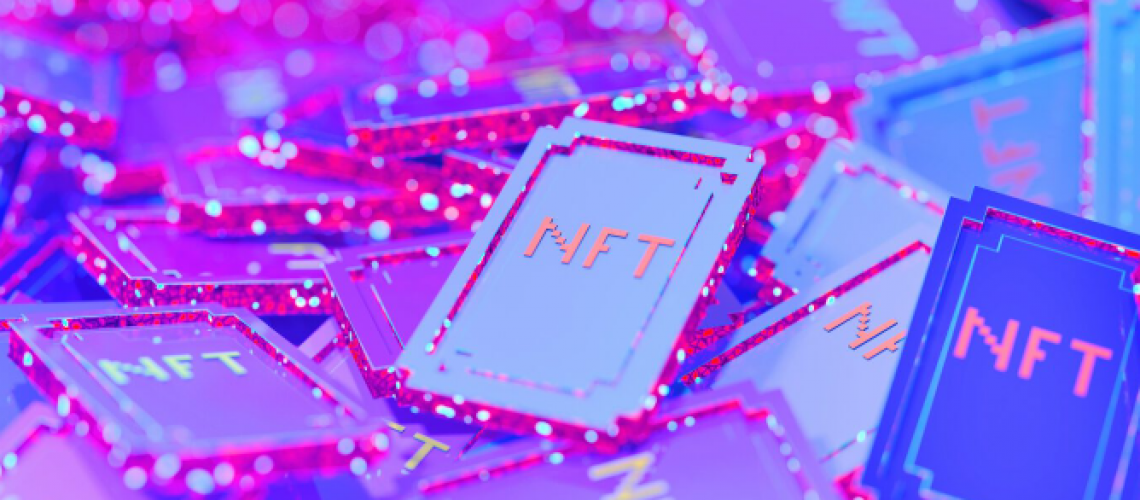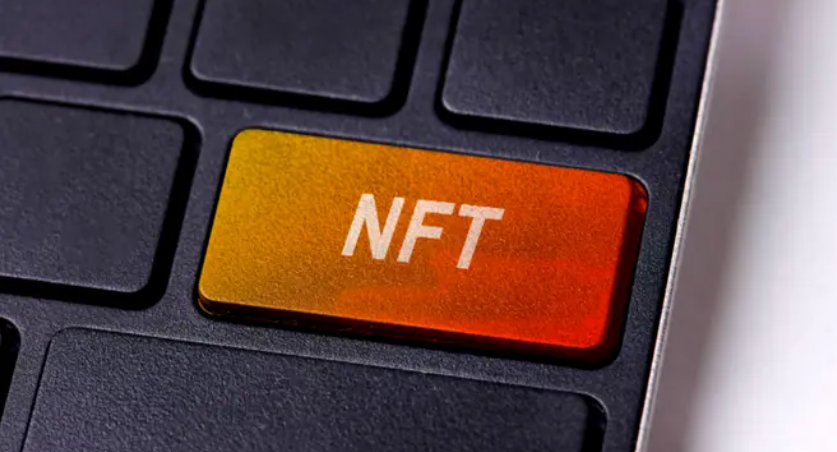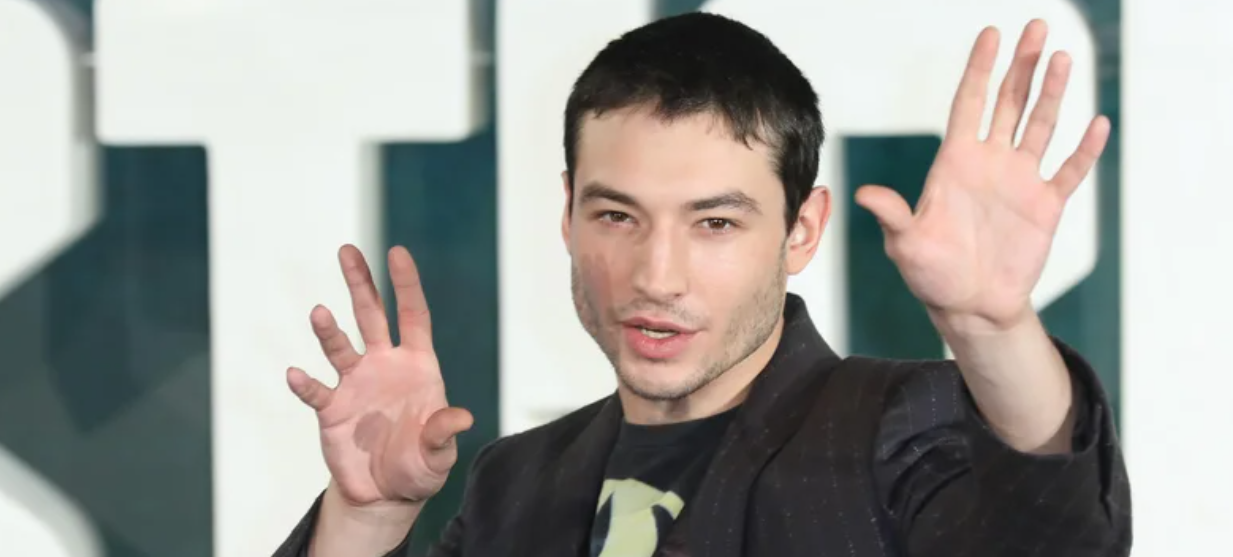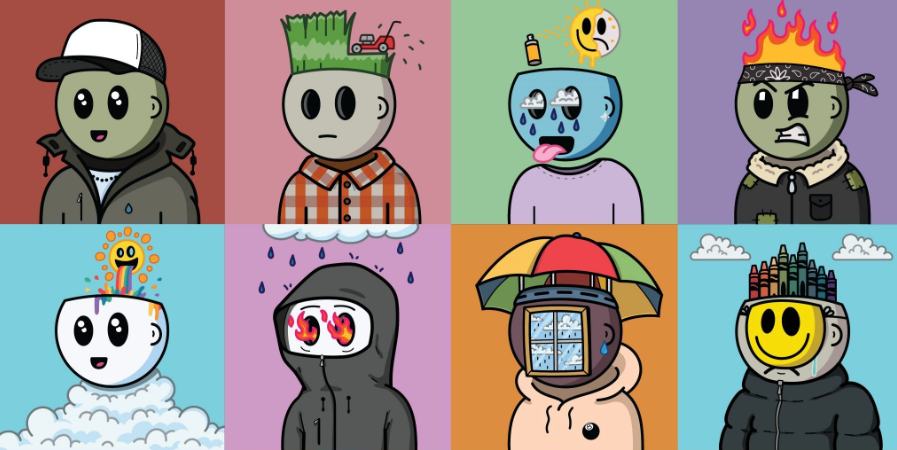Non-Fungible Tokens (NFTs) are an emerging technology that has experienced tremendous growth in the digital art and gaming industries. But NFTs can be more than just a new Twitter avatar that no one else can use.
What are NFTs?
An NFT is a digital asset that represents a real-world object, such as a piece of art, that records ownership on the blockchain. Most securities and even digital assets such as cryptocurrencies are “fungible” assets, meaning that one unit of the asset is interchangeable with another. In other words, one bitcoin has the same value as another bitcoin, and one Apple share is interchangeable with another Apple share.
Therefore, “non-fungible” assets are those that cannot be traded or exchanged for the same value, each asset is unique in itself. How can this technology be used outside of digital art?
What Are NFT Use Cases?
Art NFT
Perhaps the most prominent use of NFTs is for artwork, especially digital art. NFTs that represent artwork provide the buyer with a traceable record of ownership that can help with valuation and prevent theft of the artwork.
Early use cases include Cryptopunks and Bored Ape Yacht Club algorithmically generated digital art images. Named a “digital visionary artist at the forefront of NFTs” by Christie’s, Beeple created one of the most famous examples of digital artwork with his piece Everydays: The First 5000 Days, which sold for $69 million at auction. from Christie’s in May 2021.
This also applies to video art, such as short videos and GIFs. Most notably, a 10-second looping video by Beeple called “Crossroad” showing a naked Donald Trump lying on the ground sold for $6.6 million.
NFTs also allow artists to access profits from secondary sales of their artwork by programming royalties into the NFT smart contract.
NFT Collectibles
NFTs can be thought of as digital trading cards. Sports tickets and other collectibles have been gaining popularity as tokens: “Moments”, featuring a variety of iconic sports moments, sold on the NBA Top Shot platform. In 2021, NBA Top Shot had over 1.1 million users who traded over $800 million in NFTs.
Collectibles can also include other miscellaneous online items that are sold on NFT markets. For example, Jack Dorsey sold his first tweet, which read “just setting up my twttr,” for $2.9 million in March 2021. Just a year later, the highest bid to resell the tweet was just $13,940. dollars, according to OpenSea.
NFT Music
In February 2021, NFTs generated $25 million in the music industry from artists selling artwork and music as NFTs. While art NFTs are usually just a visual asset, music NFTs also have a musical component. OpenSea, the largest NFT marketplace, even has a dedicated catalog for music NFTs.
Many musicians, including Shawn Mendes and Snoop Dogg, have dove into the NFT space, using the new technology as a way to engage with fans and find new sources of monetization.
Beyond artists using NFTs to promote their music, the music itself can be sold as NFTs. Kings of Leon released their latest album, When You See Yourself, as NFT, marking the first time listeners were able to purchase an album on the blockchain.
Ditto Music has placed NFTs on its Bluebox blockchain platform to enable the purchase of shares in songs. Artists have enjoyed the benefits of secure ownership as the share paid to middlemen remains small. Comparatively, Spotify pays artists an average of $0.003 – $0.005 per stream.
If the rights to each song could be captured as NFTs, this can provide the artist with a guarantee of royalties, if you put together the top 40 or other grouping of songs, artists can fractionate the group and receive streaming revenue based on the pieces. owned by shareholders.
This is still in the early stages, but platforms like Royal.io are trying to go mainstream. Royal.io is a platform that sells rights to songs as NFTs, creating a marketplace that allows users to buy NFTs of songs and allows musicians to earn royalties as their songs rack up more streams. Run by EDM artist 3LAU, this platform is one of many efforts to help musicians monetize their art using blockchain and crypto markets.
Online Games and NFTs
The integration of NFTs into the gaming industry is already one of the most popular use cases. Video game companies can use NFTs to sell rare skins or in-game accessories, as well as use a blockchain network to store updatable metadata, such as character stats.
There are 2 million daily players on Axie Infinity, a blockchain-enabled play-to-win video game that has reached a valuation of $3 billion. Jamie Burke, CEO of Outlier Ventures (a UK-based blockchain venture capital and acceleration lab), was originally encouraged by research showing that “people spend five times as much on a chain game of blocks than in a conventional game”.
Blockchain games allow players to buy, collect, and trade NFTs in the form of characters, creators, virtual skins, in-game props, and more.
Fashion and Luxury Items
On September 30, 2021, Dolce & Gabbana sold its inaugural nine-piece NFT collection called “Collezione Genesi” for $5.6 million. The collection included both physical goods and their digital companions like NFTs.
For its fall 2021 collection, Gucci partnered with auction house Christie’s on an NFT video called “Aria,” which sold for $25,000 in June of last year. At London Fashion Week 2021, a new brand called Auroboros introduced a line of digital clothing that a user can wear using augmented reality (AR).
Christie’s Senior Vice President and Chief Marketing Officer Neda Whitney said, “The ability to allow users to not only purchase digital items in the fashion space, but also have unique certificates of ownership and often ‘1 of 1’ adds a level of exclusivity. That’s always worked well within fashion culture.”
Authenticity Records
Proof of authenticity and ownership was one of the original goals behind the creation of NFTs. Because the blockchain can store information about a product permanently, this makes it possible to verify the rarity and authenticity of a physical or digital product.
Authenticity records are useful for both rare items of value and common items currently facing significant amounts of counterfeiting or counterfeiting, which may include supplements and medications. NFTs can help address the proliferation of fake products sold by tracking and tracing food products, and could be implemented with a QR code of nutrition information already provided.
Tokenization of Event Tickets
Event tickets are already digital assets that can only be owned by a single person at a time, making them uniquely suited to be represented by an NFT.
Event ticket NFTs allow event attendees to verify their identity and the purchased ticket more easily than through an intermediary app like TicketMaster. Event managers could issue a specified number of NFT tickets on a selected blockchain platform and then sell them at a fixed price. This has the potential to reduce ticket counterfeiting and gouging, and limit the price gouging that is currently occurring at third-party vendors.
NFT tickets also add the feeling of memories that the original paper tickets provided because these tickets can be stored and resold as collector’s items.
NFTs in Real Estate
NFTs have applications for selling real estate in both the virtual and real worlds. NFTs enable ownership tracking – When it comes to real estate, it means that NFTs could be used to transfer property titles, provide proof of ownership, and track changes in property value over time using branded NFTs of time.
In the virtual world, digital real estate applications can be seen in games like Decentraland or Mars House. While virtual world real estate NFTs have several applications currently in existence, real world real estate NFT applications are still in their infancy.
NFTs can be used to simplify and speed up real estate transactions, enable smart contracts for properties, or even decentralize home rental services, while protecting data such as credit card or bank details.
Identification, Certification and Documentation
NFTs contain code with a unique set of information that can be used to tokenize documentation such as transcripts, degrees, licenses, and other qualifications. This identification can also be used for medical records or birth and death certificates.
The identity or certification can be issued directly on the blockchain as an NFT that can be traced back to the owner. Using NFTs to digitally store and protect personal profiles or medical records gives users better control over their data and can help prevent identity theft.
This same concept can be applied to all forms of identification, for example, driver’s licenses or passports. Further development in this area of NFTs could help eliminate identity forgeries.
A similar application is for vaccination passports. The Republic of San Marino announced its adoption of NFT Covid-19 vaccination passports that use tokens to help authenticate vaccination documentation.
NFT apps have also been specifically designed to help healthcare professionals; For example, NFT birth certificates create a lifetime identity on the blockchain that is linked to your birth certificate.
NFT ledgers also provide more secure methods of storing sensitive medical data while allowing access to authorized healthcare providers when needed. In recent years, narrowly defined NFT use cases have emerged in which hospitals, health insurance companies, and other organizations are beginning to explore how blockchains could help improve hospital operations by verifying patient identities. and record medical procedures performed without compromising patient confidentiality.
Domain Names
People can register a domain name and sell it on the NFT marketplace, which eliminates the need to pay an outside company to manage the domain name. Crypto domains are minted on a blockchain, such as Binance Smart Chain or Ethereum.
There are more than 500 domain extensions, including the most searched “.eth”, which does not depend on any centralized authority. These extensions can also be used to link crypto wallets, which is not possible on non-NFT domain names. However, many browsers do not support these extensions at the time of writing.
Intellectual Property
NFTs are a simple way to protect intellectual property and patents. NFT tokens allow owners to prove ownership of any content, which is not possible with traditional intellectual property rights tools such as trademarks and copyrights.
Ownership of an IP can be traced throughout its entire history. The NFT chain would be immutable, which means that the original creator of a work can test it at any time.
The same can happen with patents, where NFTs can be used to protect and certify ownership of an invention. NFTs could also provide the data needed for verification, thus creating a public ledger documenting all patent-related transactions.
In May 2021, UC Berkeley announced that it would auction off NFTs for the patent disclosures for two Nobel Prize-winning inventions: CRISPR-Cas9 gene editing and cancer immunotherapy. The university will continue to own the related patents.
Supply Chain
Using the blockchain, NFTs can be attached to a product, giving it an NFT identifier that cannot be tampered with. This provides manufacturers and consumers with the assurance that the product they receive is authentic.
Additionally, NFTs can give companies the ability to track their products from manufacturing to shipping and delivery. This gives customers an idea of what they are spending money on and maintains transparency within a company’s supply chain.
What is the Future of NFT Use?
There is still a lot to discover about the use of NFTs and the expansion of the NFT market. From virtual Versace handbags to tracking the authenticity of rare products, people have already bought a wide range of NFTs for a variety of different uses.














